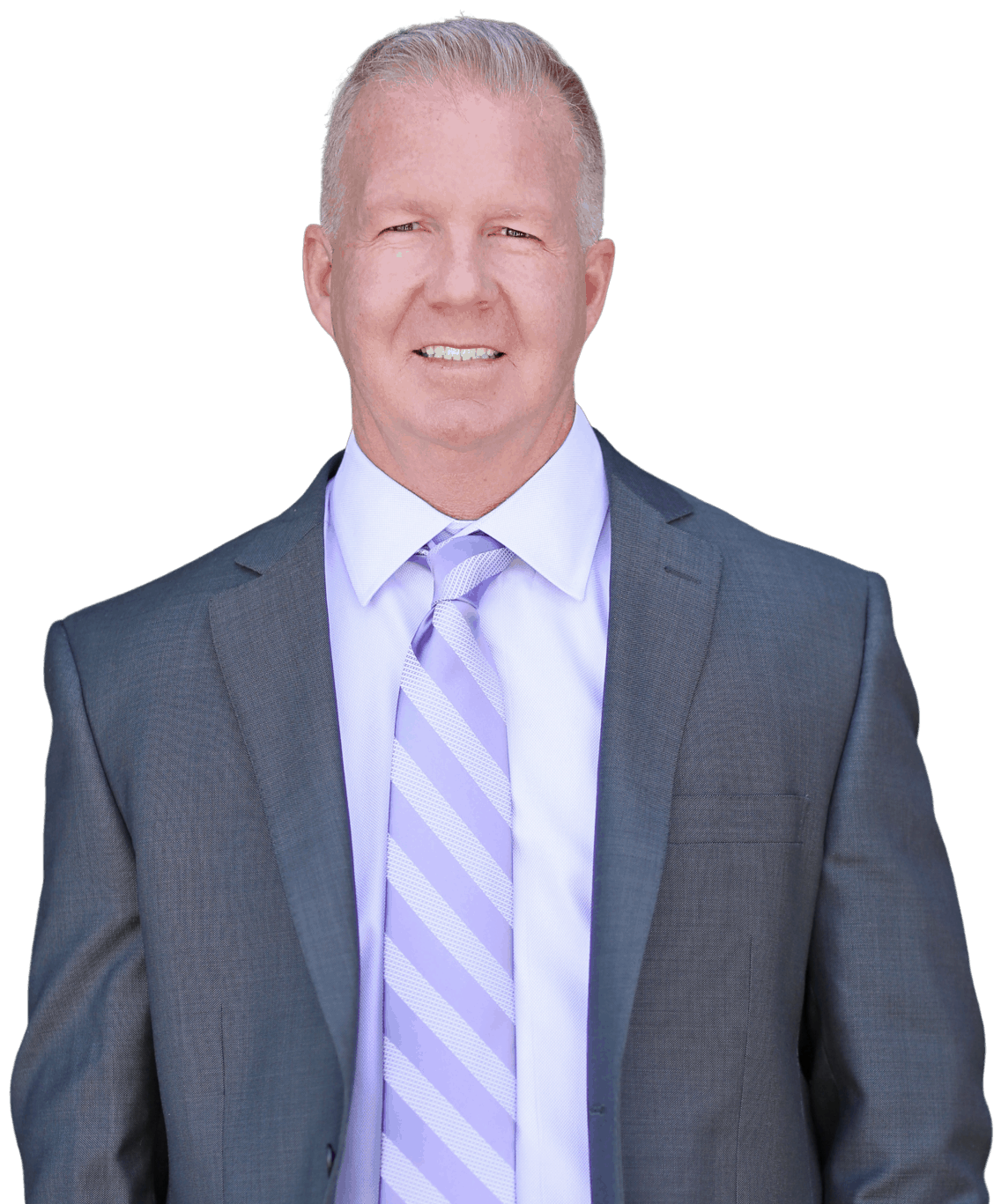
You’ve filed your personal injury claim and finally, your settlement has been negotiated or your personal injury trial has been won. Now it’s time to collect your settlement money. This article will tell you what to expect as you navigate this final aspect of your case.
We all wish that collecting your settlement was as easy as simply cashing a check that comes in the mail, but it isn’t always the case. If your attorney has settled your case outside of a courtroom, you’ll need to wait until he receives the check from the insurance company and deducts all the fees relating to your case before you’ll be issued a check. If you’ve gone through a trial and won, be prepared for the appeal process which can take up to two years or more before you see any compensation.
Let’s delve into each of these two situations in a bit more detail.
Once your case has been settled, the attorneys involved in the case report to the court that the case has settled. The court issues the order of settlement and each party to the case will need to complete the settlement papers within 30-60 days. The most important document involved in the settlement papers is the release.
The release is a document that is prepared by the defendant's attorney that outlines the exact settlement terms. It has the potential to be a short, to-the-point document, but many attorneys fill this document with legalese until it reaches ten or fifteen pages. After the defense attorney has prepared the release, they will forward it to your attorney for approval.
Your attorney will review the release and if everything appears accurate, they will accept it. If anything is objectionable, they will argue the points with the defense attorney. Most times an agreement will be reached, but if it isn’t, a judge will need to get involved and that will greatly slow down the process.
Once the release is in acceptable form, it will be sent to you to sign in front of a notary public. Read the release carefully, and if you have any questions about it, consult your attorney until you are satisfied with the explanations and answers you receive. After you sign the release and submit it to your attorney, there can be no changes to any of the terms of the document.
Before you receive any funds from the disbursement, your attorney will pay off any liens that have been placed on your compensation, such as medical liens or government liens. Your health care providers and/or health insurer may have placed liens on your settlement based on treatments that need to be paid for or, in the case of a health insurer, treatments that have already been paid for.
If your treatments were paid for by a government agency such as Medicare or Medicaid, they will be paid back out of the proceeds of your settlement. All liens must be satisfied, or paid for, before you will receive anything out of the settlement proceeds.
If you've won your personal injury lawsuit at a trial, be prepared for the defendant to appeal the court's decision. Unfortunately, this process can take two years or more. The appellate court will hear the case and can do one of three things with the judgment from the original trial:
If the appellate court either upheld or reversed the judgment, either you or the defendant may appeal again to the State of California Supreme Court. The Supreme Court has the opportunity to do the same three actions as the appellate court: uphold the judgment, reverse the judgment, or send the case back to trial. If the case is sent to trial by the Supreme Court, you must go through the entire trial process again. After the Supreme Court has made their decision of your case, you or the defendant may appeal yet again, repeating the process. This is why many plaintiffs settle their cases rather than subject themselves to these lengthy and expensive processes.
It makes sense that attorneys will rarely accept cases where the defendant has no insurance. It also makes sense that attorneys will rarely try cases against people with no insurance. If someone doesn’t have insurance, it’s likely that they also don’t have any money to pay a judgment, resulting in no compensation for the plaintiff or the attorney who has done all the work in the case.
There are times that a defendant will have no insurance or limited insurance, but will still have assets. When this is the case, the procedures are the same as in a case where the settlement comes from an insurance company. In this case, though, your attorney will demand a certified check from the defendant before submitting a signed release form or agreeing to a lawsuit dismissal.
If you’ve been injured in an accident that wasn’t your fault, and you’re ready to move forward to get the compensation you deserve from the negligent party, you owe it to yourself to contact the attorneys at The Sevey Law Firm. We are closely familiar with all procedures relating to obtaining your settlement and can help you make the right decision in your case. Call us at (916) 788-7100 or contact us through our online contact page.